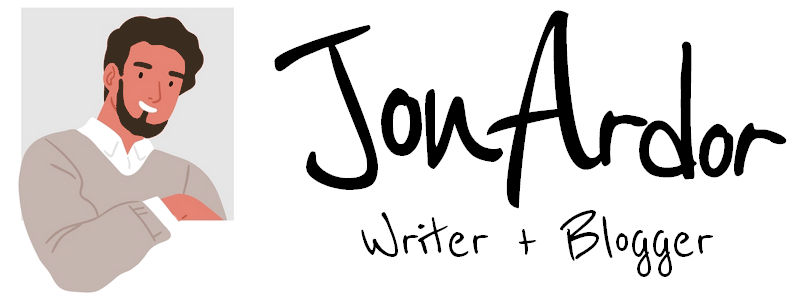5 Methods to Learn More About Your Family Roots

Thanks to the Internet, finding out more about your family is easier than ever. However, if you’re short on leads, it’s going to take a little bit of work. Ancestor hunting can be an exciting and rewarding process. Once you learn how to use the tools at your disposal, you’ll uncover your family’s history in no time. Check out these five ways you can learn about your family!
1. Start Researching Obituaries

Starting your research with recently deceased relatives is always a good idea. From there you can branch out to your extended family. From looking at obituaries, you can discover if a relative had siblings, spouses or even cousins. From there you have a better idea of where to direct your search.
Obituaries also sometimes include the date of birth and the place of death and burial. These can be crucial nuggets of information for tracking down the rest of your family. You can also place a notice in some obituaries which can help lead you to distant relatives or their friends who may have some leads.
2. If You’re Short On Leads, Visit The Cemetery

If you’re interested in testing your luck, you can walk through your local cemetery to see if you can pick up any leads. An easier option is to use online cemetery transcriptions to your advantage. You can start by looking up everyone with your last name and continue from there. Sometimes public cemeteries may even provide their own online index for burials.
When using online indexes, try searching your family’s last name plus the location of where your family grew up. You can also try the same technique with death record indexes. You can access public death record indexes either through a volunteer service in your local area or a quick Google search. An example of a popular index to start with is the Social Security Death Index where you can find the records for more than 77 million people.
3. Get An Ancestry DNA Test

An ancestry DNA test is a comprehensive way to find out more about your family. Unlike other DNA tests, ancestry DNA tests survey all of the human genome at over 700,000 locations. This type of analysis includes both your maternal and paternal side which makes it easier to tie up any loose ends.
In addition to discovering more about your family, an ancestry DNA test can tell you more about your health. It can let you know if you’re predisposed to certain genetic-based diseases among other health considerations. Once your results are compared to the archives of DNA tests, it’s common for you to find a relative you’ve never met before.
4. Check Out The Library

The genealogy section of the library might be able to give you some clues to your family history. This section may point you towards online indexes, published genealogical records or other abstracts dealing with family history. You may also be directed to historical and genealogical societies in your area that may have more information on your family.
5. Use Census Records To Find More Clues

If you can narrow down the decade in which your ancestors lived, you may be able to use the census to find more information on your family tree. Census records for Great Britain, the United States, Canada, and many other countries are available online. Depending on the country, you may have to pay for access.
The census is useful because you can often find your relatives listed along with their parents and any other close family members. This makes it easier to continue your search. The information you see in the census makes it easier to trace back your family generations at a time.
